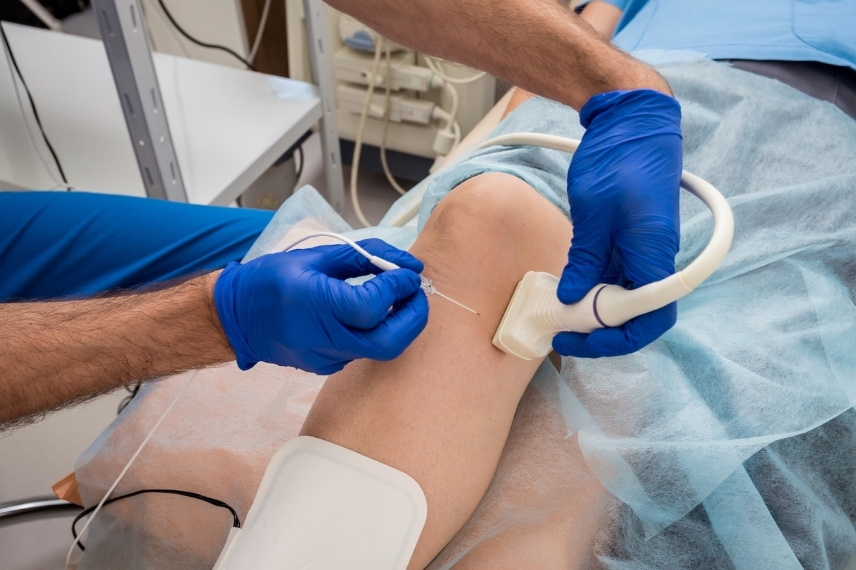There are valves in the leg veins that help blood return to the heart. These valves are important because they help blood move up the legs against gravity and close behind to prevent it from flowing backwards. When the valves become weak or damaged, they allow blood to flow back and pool in the veins. This is called venous reflux. Reflux causes the veins to stretch and twist, causing further damage to the valves further down the legs and exacerbating the problem, leading to a potentially dangerous condition called chronic venous insufficiency.
Radiofrequency ablation method is used to close damaged veins in patients experiencing venous insufficiency due to venous reflux. The blood is then naturally directed to healthy, functioning veins. This treatment is indicated for patients experiencing symptoms of chronic venous insufficiency such as discomfort, pain, swelling in the legs and ankles, varicose veins, leg cramps, restlessness in the legs, and ulcers (non-healing sores).
Benefits of RFA
- High 94.9% success rate after 5 years
- Minimally invasive method
- There is no interruption in your daily life; You can return to normal activities immediately.
- No general anesthesia required
- No incisions or stitches
- Less pain, bruising and recovery time than traditional vein stripping
- Eliminates symptoms caused by venous insufficiency such as swelling, pain and varicose veins.
- Patients typically experience little discomfort.
Procedure
This minimally invasive procedure takes between 30-45 minutes.
A needle is inserted into the affected vein, much like a blood draw. Next, a thin catheter is inserted into the vein. The RFA catheter is then inserted into the vein under ultrasound guidance to help the doctor visualize the vein.
Then local anesthesia is applied. This anesthesia actually serves several purposes: It provides a cushion between the surrounding tissues and the vessel to be treated to prevent the heat from damaging anything other than the vessel, it helps ensure that the catheter makes contact with the vessel walls. Provides an anesthetic effect to minimize patient discomfort.
Next, the RFA catheter is turned on and heat energy is applied to the inside of the vein, where the collagen contracts and the walls collapse, sealing the catheter as it is withdrawn through the vein. At the same time, the doctor will apply external pressure to ensure that the catheter comes into contact with the vessel wall. Finally, after the entire vein is closed, the catheter is removed, pressure is applied to the needle entry site, and the leg is wrapped with a bandage or a compression stocking is worn. Ultrasound technology is used throughout the procedure to ensure safe and effective treatment.
Post-Process Process
After the procedure, you can return to your normal activities even on the same day. However, you should avoid strenuous exercise for about a week or as long as your doctor recommends. You will need to wear a pressure bandage and compression stockings for 24 hours. After this, you can remove the bandage and socks to wash. Compression stockings should be worn for several days to speed healing and improve results.
Risks of Radio Frequency Ablation
Just as there are risks associated with every medical procedure, RFA may have risks. Patients may experience bruising, swelling, and hardened veins for a short time following their procedure, but these symptoms resolve on their own within a few days to a few weeks. DVT (clotting) occurs in less than 1% of patients and there is a small risk of phlebitis (inflammation of the veins) or allergic reaction. In rare cases, some patients may experience mild damage to small superficial sensory nerves near the treatment area, causing skin numbness that usually affects a small area and improves over time.



